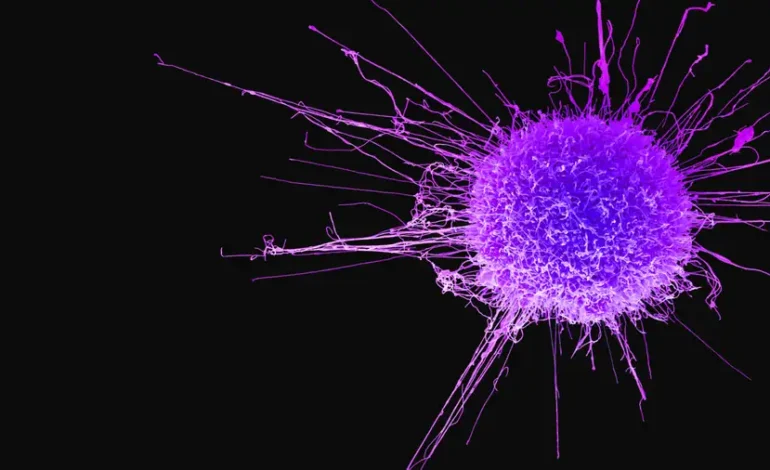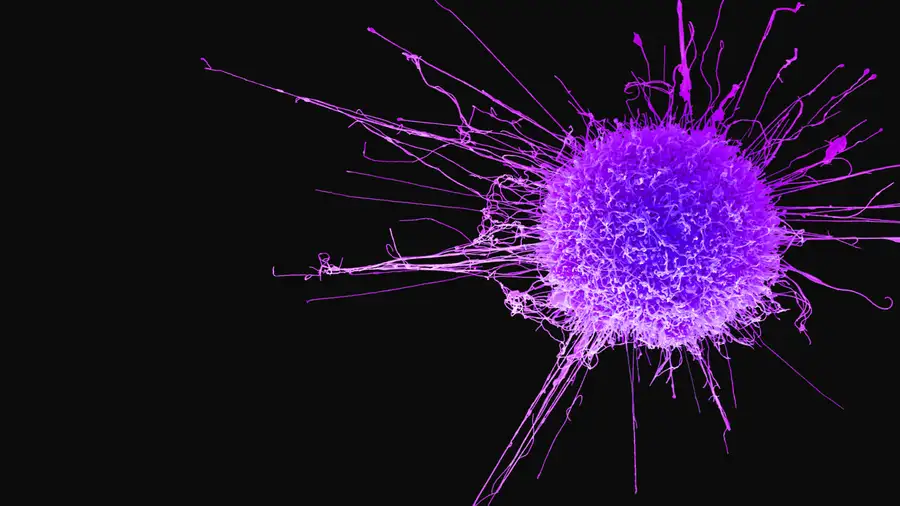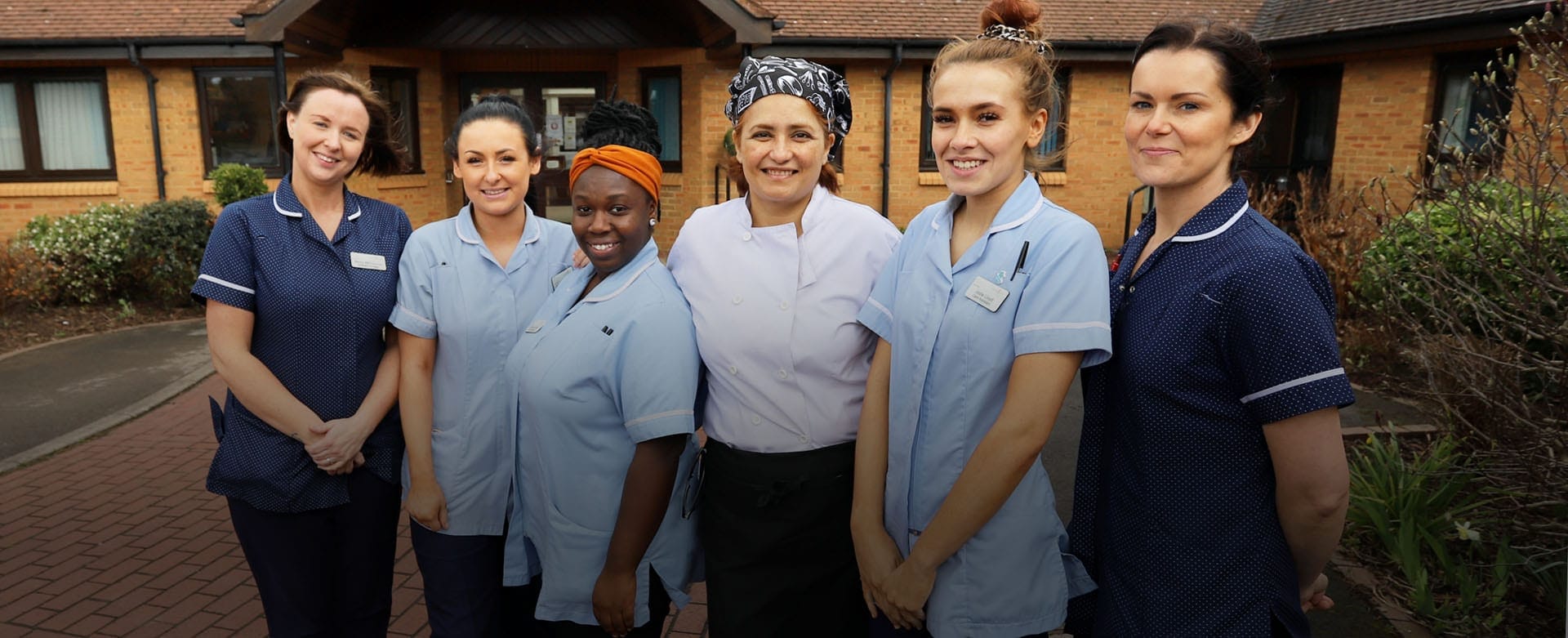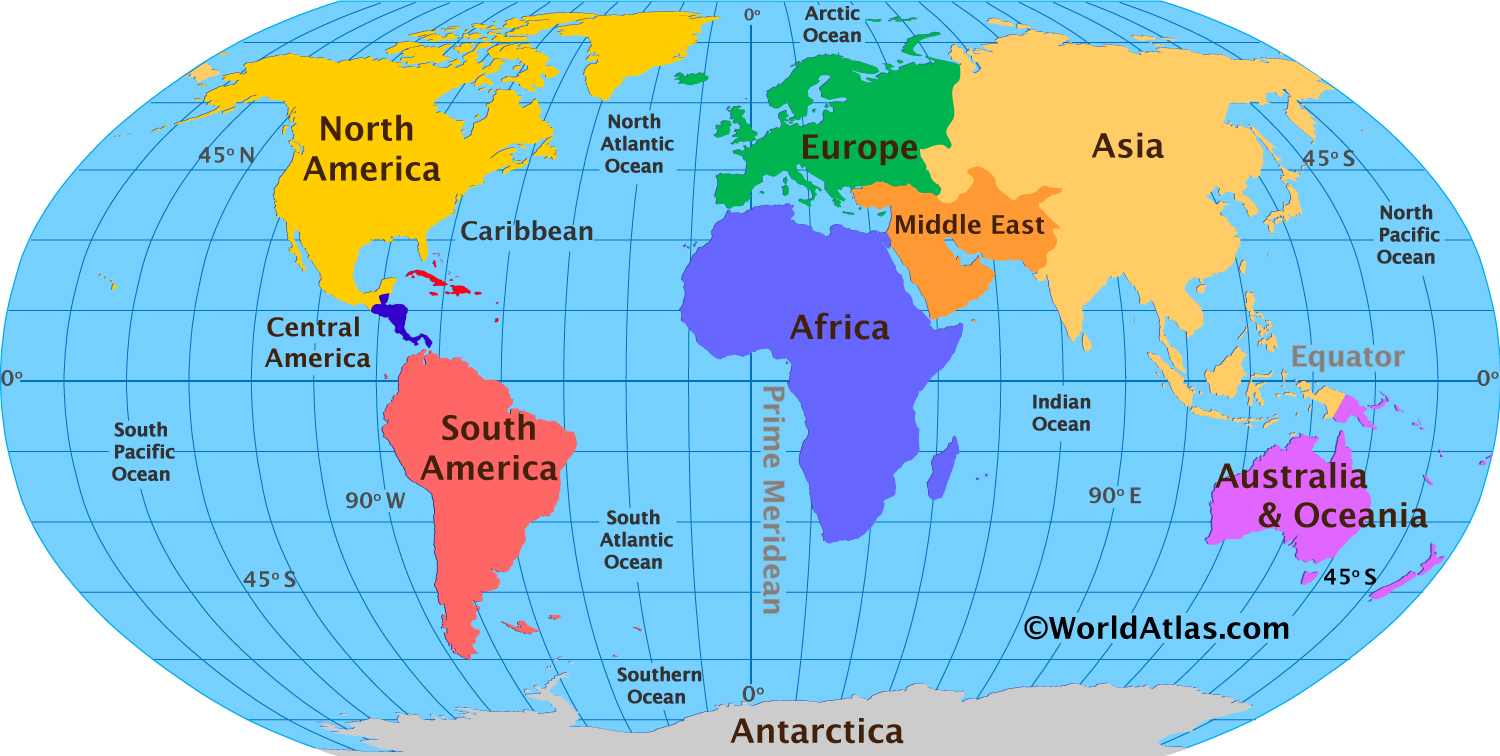Cancer, Types, symptoms, treatment and prevention


Cancer is a complex disease in which cells in a specific part of the body begin to grow and reproduce uncontrollably, potentially forming a mass or tumor. While some tumors are benign (not cancerous) and may not pose a significant threat to health, others are malignant (cancerous) and can invade nearby tissues and organs, and even spread to other parts of the body through the bloodstream or lymphatic system. Cancer occurs when genetic mutations in abnormal cells cause them to divide rapidly. You can inherit mutations or develop them due to environmental factors.
Without any check, the disease may keep on progressing ultimately leading to pre-mature death. They can arise anywhere in the body and can affect people from all age groups, socio-economic strata and race. Cancer is the leading cause of morbidity and mortality in the world. According to data by International Agency for Research on Cancer, there were 141 lakh new cancer cases, 82 lakh cancer deaths and 326 lakh people living with cancer in 2012 worldwide. In our own country, about 4.7 lakh new cases of cancer are detected annually. Cancer is responsible for death of about 3.5 lakh people annually in India itself. Lung cancer is the most common cause of death from cancer worldwide, estimated to be responsible for nearly one in five deaths (15.9 lakhs deaths, 19.4% of the total). Amongst women, breast cancer is the commonest cause of death and is responsible for 5.2 lakh deaths annually. These figures are just a numerical representation of the vast damage caused by cancer worldwide.One might want to assume that with recent rapid developments in medical sciences, the incidence and prevalence of cancer may be coming down. Sadly, that isn’t so. According to WHO, within next two decades annual incidence of cancer may increase up to 220lakhs. With increase in adoption of modern lifestyle with unhealthy habits like lack of physical activity, decreased intake of fruit and vegetables, increasing use of tobacco, fast food,alcohol, etc. the incidence of cancer is expected to further increase.
The cancer burden continues to grow globally, exerting tremendous physical, emotional and financial strain on individuals, families, communities and health systems. Many health systems in low- and middle-income countries are least prepared to manage this burden, and large numbers of cancer patients globally do not have access to timely quality diagnosis and treatment. In countries where health systems are strong, survival rates of many types of cancers are improving thanks to accessible early detection, quality treatment and survivorship care.
Causes of cancer
The main cause of cancer is mutations, or changes to the DNA in your cells. Genetic mutations can be inherited. They can also occur after birth as a result of environmental forces.These external
causes, called carcinogens, can include:
- physical carcinogens like radiation and ultraviolet (UV) light
- chemical carcinogens like cigarette smoke, asbestos, alcohol, air pollution, and contaminated food and drinking water
- biological carcinogens like viruses, bacteria, and parasites
Certain risk factors may increase your chance of developing cancer. These risk factors can includes tobacco use, high alcohol consumption, an unhealthy diet, characterized by red and processed meat, sugary drinks and salty snacks, starchy foods, and refined carbohydrates including sugars and processed grains, a lack of physical activity, exposure to air pollution, exposure to radiation, unprotected exposure to UV light, such as sunlight, infection by certain viruses including H. pylori, human papillomavirus (HPV), hepatitis B, hepatitis C, HIV, and the Epstein-Barr virus, which causes infectious mononucleosis.
Types of cancer
Most people know of someone in their family who has been diagnosed with cancer. The earlier doctors find cancer, the sooner treatment can start. So it’s helpful to know the most common types of cancer and their warning signs. There are more than 100 types of cancer, and some are more common than others, depending on things like your age, gender, and racial or ethnic group. (For example, prostate cancer only affects men, and breast cancer is far more likely in women). Keep in mind that many cancers don’t have symptoms in their early stages. And if you do have symptoms, they could also show up with other conditions, so you’ll need tests to find out the cause. Cancers are divided various types that are:
a. Carcinomas: It starts in the tissue or the skin,which covers the glands and internal organ surface. It forms a solid tumor. Breast cancer, prostate cancer, colorectal cancer, lung cancer.
b. Sarcomas: It starts in the tissues which connect and support the body. It can be formed in nerves, tendons, joints, fat, blood vessels, bone, lymph vessels, muscles, or cartilage.
c. Leukemia: Leukemia is a cancer of the blood. It begins when healthy blood cells grow uncontrollably and change. It is divided into 4 types, that are acute myeloid leukemia, acute lymphocytic leukemia,chronic myeloid leukemia, and chronic lymphocytic leukemia
d. Lymphomas: Lymphoma is cancer that begins in the lymphatic system and it is a network of glands and vessels that helps to fight with infection. Hodgkin lymphoma and NonHodgkin lymphoma.
e. Central Nervous System Cancers: Cancer that starts in brain tissues and spinal cord called “brain and spinal cord tumors”, and others primary CNS lymphomas, vestibular schwannomas, gliomas, pituitary adenomas, primitive neuro-ectodermal tumors, meningiomas, and vestibular schwannomas.
f. Multiple Myeloma: Multiple myelomas is cancer that begins in plasma cells, another type of immune cell. The myeloma cells which are plasma cells, are build up in bone marrow and make tumors in bones. It is called plasma cell myeloma and Kahler disease.
g. Melanoma: It starts in cells that become melanocytes. These cells are specialized cells that make melanin, i.e., the pigment that gives the color to the skin. Mainly melanomas develop on the skin, but it can also develop in other pigmented tissue like an eye.
Symptoms and Signs of Cancer:
Early Symptoms: At the earliest stage cancer gives no sign or symptoms by which we cannot indicate the disease. Moreover, the symptoms or signs are shown in harm condition. Some common symptoms that may occur with cancer are as follows:
1. Persistent Cough or Blood-Tinged Saliva: If anyone is having cough from a month or blood in the mucus, then these are the sign of bronchitis or sinusitis, but they could be symptoms of neck, head or lung cancer.
2. A Change in Bowel Habits: It usually depends on the diet of a person and fluid intake. People with cancer felt that they need to have a bowel movement and also feel the same if they had if this symptom lasts more than a few days than it is a symptom of cancer. Mainly in cancer, there is continuous diarrhea.
3. Blood in the Stool: It is also the early symptom of cancer by which we can examine cancer. The evaluation includes colonoscopy etc.
4. Unexplained Anemia: People with low RBC in their blood from normal, then this condition is called anemia. Bowel cancer can cause irondeficiency anemia. The evaluation includes Xray studies or endoscopy of your lower and upper intestinal tracts.
5. Breast Lump or Breast Discharge: Most breast lumps are noncancerous tumors like cysts or adenomas, but all lumps are needed to check. The evaluation includes Ultrasound and x-ray study included MRI of the breast. Discharge from the breast is also the sign of cancer, and it is quite common, but not from only one nipple or bloody.
6. Lumps in the Testicles: Men with cancer have an uncomfortable or painless lump on a testicle.
7. Change in Urination: The symptoms are slow urine flow, frequent urination, change in bladder function or small amounts of urine, caused by a urinary infection in women or by an enlarged prostate gland. Most men will suffer from enlargement of the prostate gland as they age, these may be the symptom of prostate cancer. The evaluation includes PSA blood tests and the biopsy of the prostate.
8. Persistent back pain
9. Unexplained weight loss
10. Stomach pain and nausea
11. Bone pain
Late Symptoms: These symptoms are depending on cancer type, location or where the cancer cells have spread.
- Change in bowel or bladder habits
- Obvious change in the size, color, shape, or thickness of a wart or mole
- Indigestion or difficulty in swallowing
- Change in size, shape, color or thickness of mole.
- A sore throat that does not heal.
- Hoarseness
- Thickening or lump in the breast, testicles, or elsewhere
Other signs or symptoms may also alert you. These include the following:
- Unexplained loss of weight or loss of appetite
- Nausea
- Vomiting
- Fatigue
- Unexplained low-grade fevers may be either persistent or not.
- Recurring Infections
- Pain in the bones and other body parts
Many cancers will present in with general signs or symptoms, but they often have more than these symptoms, for more specifications. For example, lung cancers have a common symptom of pain in the chest. The patient may have a persistent cough with bleeding. Lung cancer patients are become very fatigued due to shortness of breath.
Cancer Treatments:
There are various types of cancer treatments, which depend upon the cancer type and how to advance it is. Some patients have only one cancer treatment but mainly have a combination of treatments like surgery with radiation therapy The various types of treatments are:
- Surgery: To prevent or reduce the disease’s spread and remove cancer from the body, surgeon may remove lymph nodes.
- Radiation Therapy: In this therapy high doses of radiation are used to treat cancer by shrinking tumors and to kill cancer cells.
- Chemotherapy: In this therapy, chemicals are used to treat cancer by killing cancer cells and also by shrink tumors but have severe side effects.
- Immunotherapy: In this therapy, the immune system is boost by medication or other treatments. Example, adoptive cell and checkpoint inhibitors treatment.
- Targeted Therapy: In this therapy, changes in a cancer cell that help them divide, spread and grow by targeting and immune system also boost. Example, monoclonal antibodies and small-molecule drugs.
- Hormone Therapy: In this therapy, hormones are used to treat cancer, such as prostate and breast by stop and slow growth.
- Stem Cell Transplants: In this therapy, the stem cells restore in cancer patients, which are destroyed by very high doses of radiation or chemotherapy.
- Precision Medicine: It is the newer approach, in which the best treatment for a patient is determined by genetic testing.
Prevention of cancer
Knowing the factors that contribute to cancer can help you live a lifestyle that decreases your cancer risk. Preventive measures to reduce your risk of developing cancer can include:
- avoiding tobacco and secondhand smoke
- limiting your intake of processed meats
- eating a diet that focuses mainly on plant-based foods, lean proteins, and healthy fats, such as the Mediterranean diet
- avoiding alcohol or drinking in moderation
- maintaining a moderate body weight and BMI
- doing regular moderate physical activity for 150 to 300 minutesTrusted Source per week
- staying protected from the sun by avoiding direct sun exposure and wearing a broad spectrum sunscreen, hat, and sunglasses
- avoiding tanning beds
- getting vaccinated against viral infections that can lead to cancer, such as hepatitis B and HPV






2 Comments
daxktilogibigibi.C2rYyzHEdfCm
rubricators xyandanxvurulmus.r3BqsHjty5wf